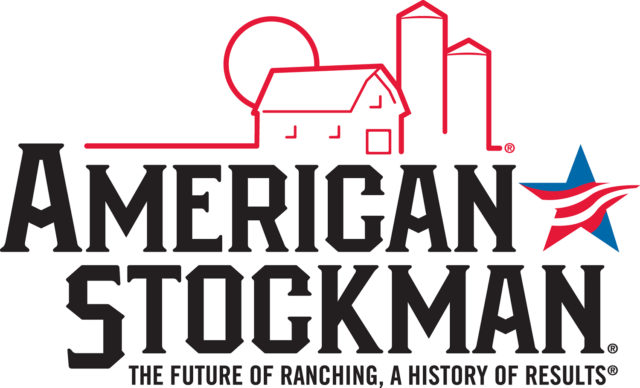About a year ago I wrote an article entitled “Cattle markets move past summer lows.” The title of this article reflects how far we have come and serves as a reminder that the current cattle and beef market situation is the result of a market run that began over a year ago.
Feeder and fed cattle prices increased through the second half of 2013 and were joined by boxed beef values early in 2014 to push on to the unprecedented recent levels. Fed cattle and wholesale beef markets have pulled back from summer highs; fed cattle ended last week at $152 per hundredweight (cwt), down $12 per cwt from daily highs three to four weeks ago, and choice boxed beef was at $249 per cwt, down $14 per cwt from late July.
There are questions of whether markets went too far, too fast and are due for a significant correction or whether current market levels are the new reality of market fundamentals. The answer to that has several components, some of which remain to be seen.
Tight supply is the main driver, and supplies will continue to get tighter. The latest monthly Cattle on Feed report shows that the feedlot inventory of 9.837 million head was down 1.9 percent from last year and was the smallest Aug. 1 feedlot inventory since 2009. July placements were 1.56 million head, down 7.4 percent from one year ago and the lowest July placement total in the current Cattle on Feed data series back to 1996.
July placements under 700 pounds were up 3.8 percent over last year while placements over 700 pounds were down 14.6 percent compared to one year ago. April through July feedlot placements were down 6.4 percent year over year, and within that total, placements of cattle weighing less than 700 pounds were up 5.9 percent while placements weighing over 700 pounds were down 13.4 percent. Fall feedlot supplies will remain tight as feedlots are feeding fewer heavy weight feeders at the current time.
Slaughter numbers this year confirm the impact of tight supplies. Year to date steer slaughter is down 3.1 percent and heifer slaughter is down 8.5 percent, leading to a 5.1 percent year to date decrease in yearling slaughter. Since July 1, steers slaughter has been down 9 percent and heifer slaughter was down 16.3 percent, leading to an 11.6 percent year over year decrease in yearling slaughter over the period.
Combine that with a 14.4 percent decrease in cow slaughter so far this year (beef cow slaughter is down 17.3 percent year to date) and the fundamental reason behind record cattle and beef prices is apparent. The heifer and cow slaughter decreases are strong indications of initial herd rebuilding.
For many months, we have said that demand would be the key to how the industry moves through the next few years of tight supplies. That remains true, and the uncertainty remains as well. Most everyone has been pleasantly surprised with how well demand has held up, with both domestic and export markets supporting higher prices so far in 2014. However, the peak summer wholesale values have yet been fully reflected in retail markets so some uncertainty remains. Demand remains a key factor to watch, but it is a case of so far, so good.
The tight feedlot supply situation suggests that fed cattle prices need not fall much farther than the correction already in place. Feeder cattle prices, supported by cheap feed grains, indications of significant heifer retention and decent fall grazing prospects, are also likely to remain strongly supported this fall.
Boxed beef prices hinge on beef demand, and that will be the key to how much squeeze occurs in feedlot and packer margins in the remainder of the year. Feedlots will face breakevens, which would require new record fed cattle prices this fall to avoid negative margins.
If beef demand stays strong and boxed beef prices can push higher this fall, fed prices may increase enough to accommodate the higher feedlot breakevens. If not, margins will squeeze and will temper price increases. Feeder cattle prices, especially calf prices, are the most bulletproof, with little downside risk and not likely to see much seasonal price pressure this fall. ![]()
Derrell S. Peel is a livestock marketing specialist with the Oklahoma State University Extension. This originally appeared in the Oklahoma Cooperative Extension Service Cow/Calf Corner newsletter.











